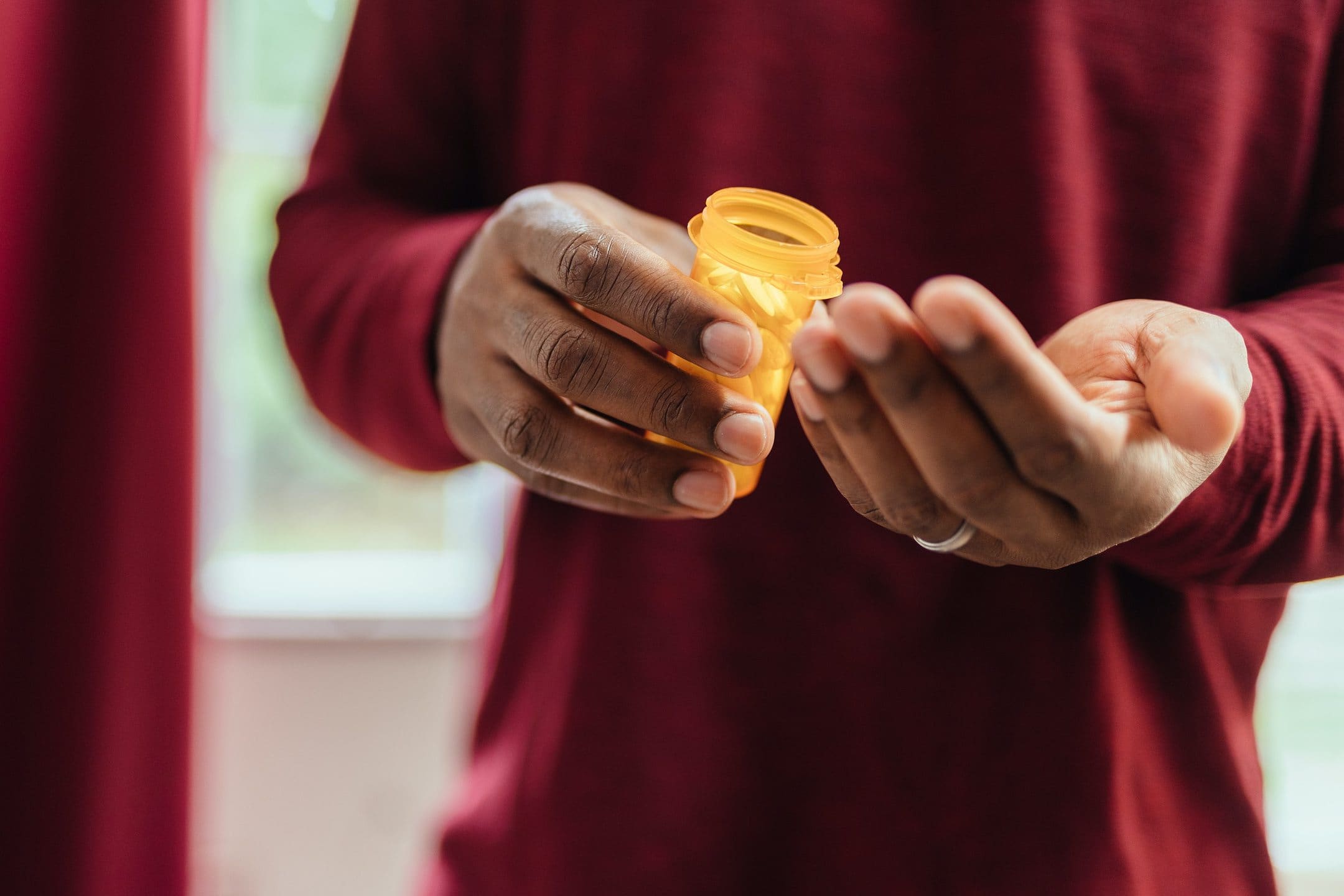Key Takeaways:
-
Transgender men can preserve their fertility options for up to a year of receiving testosterone injections.
-
The majority of transgender women are not able to lower their testosterone levels into normal female physiologic levels by using medicine alone.
-
While fertility options for transgender people continue to expand and grow, proactive measures can still be taken to preserve assets before undergoing treatments
Conversations about gender identity recently reached a flashpoint in the world of arts reporting and reviewing, when actor and activist Maybe Burke took to Instagram to “address multiple instances of misgendering” in reviews of a play being performed at The American Theatre of Actors in New York.
The social media post quickly went viral, underscoring the impact and harm that misgendering can cause. And it’s fair to say that the post opened discussion for people who either have no idea what misgendering is, or that they’ve been participating in it.
So, too, can discussions about fertility options for transgender people be easily misunderstood or, worse, dismissed. Fortunately, scientists continue to explore and discover ways for transgender people to preserve their fertility, even when taking testosterone injections.
Ovary production preserved
In fact, a new study recently presented at ENDO 2019, the Endocrine Society’s yearly meeting, indicates that transgender men can preserve their fertility options for up to a year of receiving testosterone injections. Science magazine quoted the lead researcher, Yona Greenman, M.D., deputy director of the Institute of Endocrinology and Metabolism at Tel Aviv-Sourasky Medical Center in Tel Aviv, Israel, as saying that “ovary function is preserved to a degree that may allow reproduction”.
Greenman and her colleagues studied 52 transgender men – defined as “[s]omeone with a male gender identity and a female birth assigned sex” – who had received hormone therapy over a period of one year. Complete data was able to be gathered from 32 of the study subjects.
Even when accounting for an anticipated uptick in testosterone blood levels as well as a decrease in estrogen at the one-year therapy mark, the subjects demonstrated readings of anti-Mullerian hormone (AMH), which gauge how many eggs a female has, that registered as normal for fertility.
Greenman was quoted by U.S. News & World Report as concluding, “These results are a further step toward providing transgender people basic rights such as reproduction”. The magazine duly noted that “[r]esearch presented at meetings is typically considered preliminary until published in a peer-reviewed journal”. Still, the findings sparked debate over possible new options for transgender males.
Conception possible after several years
The Daily Mail pointed out that only those people who had not yet undergone sex reassignment surgery (SRS) would be able to become pregnant, “and they’d have to conceive the normal way – through vaginal sex with a biological man”.
That’s precisely what occurred in February 2018 when Wyley Simpson, 28, had already begun his transition to transgender male – the process began when Simpson was 21 — when he and his fiancé, Stephan Gaeth, received the surprising news that Simpson was pregnant as a result of having unprotected vaginal sex. The couple reportedly considered options, including placing the baby for adoption, but wound up deciding to grow their family instead.
Simpson told People magazine, “It’s not every day that someone sees a pregnant man walking down the road, so we received a fair about of abuse. I would be told that I’ll never be a man, ‘Men don’t carry babies.’ And everyone called me ‘it’ “.
Despite the physical and emotional difficulties of the pregnancy, Simpson told People that “it was all worth it to become a father”.
Still an uncertain path
It is important to note that scientists from Boston University previously found that the majority of transgender women – defined in most cases as “a woman who was designated male at birth but who identifies as a woman” – are not able to lower their testosterone levels into normal female physiologic levels by using medicine alone.
The 2018 study, published in the journal Endocrine Practice, was the first to look into the effectiveness of transgender treatment when it comes to gaining stability of testosterone levels over a period of many years.
In a press release, Joshua D. Safer, MD, FACP, associate professor of medicine at Boston University School of Medicine, noted that finding specific reasons why some patients are better able to suppress production of testosterone could boost anti-androgen therapy and permit “targeted interventions to advance the U.S. medical regimen for transgender women”.
While fertility options for transgender people continue to expand and grow, proactive measures can still be taken to preserve assets before undergoing treatments with long-term effects that still remain precisely unknown. Testing of assets before storing them also provides peace of mind for anyone considering treatments that could impact the reproductive system.



